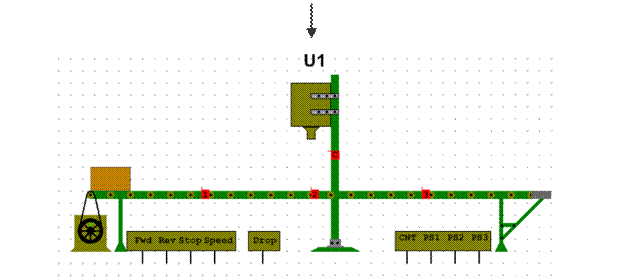Summary. The Psychology of Manipulationis a scientific monograph in field shaped with superposition of interpersonal communication psychology
The Psychology of Manipulation is a scientific monograph in field shaped with superposition of interpersonal communication psychology, psychology of personality and influential psychology. The fact is that the social reorientation from to-talitarism to democracy in Russia is often accompanied by manipulative deformations of social relations. A lot of the deformations cover interpersonal communication. Therefore the presented book is mainly devoted to interpersonal manipulation. The first chapter The Methodological orientation provides the research foundation for the investigation. The hermeneutic paradigma as most relevant for the search tasks is chosen. Some problems are discussed in this part: human activity as a text, accessibility of the human activity context, expert's potentiality and language of description relevant to hermeneutic orientation. In the second chapter What is a Manipulation the definition of manipulation is suggested and minimal necessary criteria for it are discussed. Interpersonal manipulation is defined as indirect motivating of another person to act, feel or think in a certain manner by means of deception. The third chapter Prerequisites of Manipulation deals with five main sources of manipulative attitudes: cultural, social, interpersonal, intrapersonal and technological preconditions. The fourth chapter Manipulative Technologies consists of wide observation of interpersonal influence means that could be used for manipulative aims. There are information control and transformation, deception, psychological pressure, control or arrangement of interactive context, careful selection of intrapersonal targets, special contact techniques and so on. In the fifth chapter The Mechanisms of Manipulative Influence special attention is given to the intrapersonal processes due to which the manipulative attacks get success. Several kind of the mechanisms has been selected: standard perception reactions, conventional attitudes, activity patterns, controlled conclusion, responsibility acceptance and other. It is shown that the destructive nature of manipulation affects the personality structures because of its inner splitting. In the sixth chapter The Defence from Manipulative Acts there appeared necessity to revise the traditional definition of psychological defences owing to the new application of the old term to the different phenomena other than psychoanalytical ones. The original classification of the psychological defences is proposed. Particular emphasis is given to the indicating of the manipulative attempts. Seventh chapter The Investigation of Manipulative Interaction deals with the empirical searches which based upon of hermeneutic paradigma. Some parameters of interpersonal interaction important for managing manipulation situations were examined. Eighth chapter The Training of Defence from the Manipulation is addressed to the communicative trainers. Therefore special account is taken of searching for the ways preventing or buffering manipulative deformations in interpersonal behaviour. Several practical recommendations for trainer are proposed. The recommendations are arranged in five directions: purpose making, sensitivity improvement, behavioural flexibility, coping psychotechnics and personality potency. In ninth chapter Is it Possible to not Manipulate? some practical implications of provided knowledge to the fields of management, education and psychotherapy are discussed. It was suggested the management is a most sensitive business to manipulative components in the staff relations. The main idea is that it is impossible to eliminate the manipulation in business activity and not to reduce at the same time effectiveness of it. Nevertheless we can put certain limits on the manipulation tendencies within the area shaped by means of some criteria: frames of agreement or contract, constancy or fluctuation of influencive aims, ethical restrictions, constructive or destructive effects etc. The book consists of a lot of examples of manipulations picked up from everyday life and from fiction literature. The Psychology of Manipulation can be of certain interest not for psychologists only, but for psychotherapists, politologists and philosophers as well. It can be useful also for teachers, managers and other people-oriented professionals.
|




